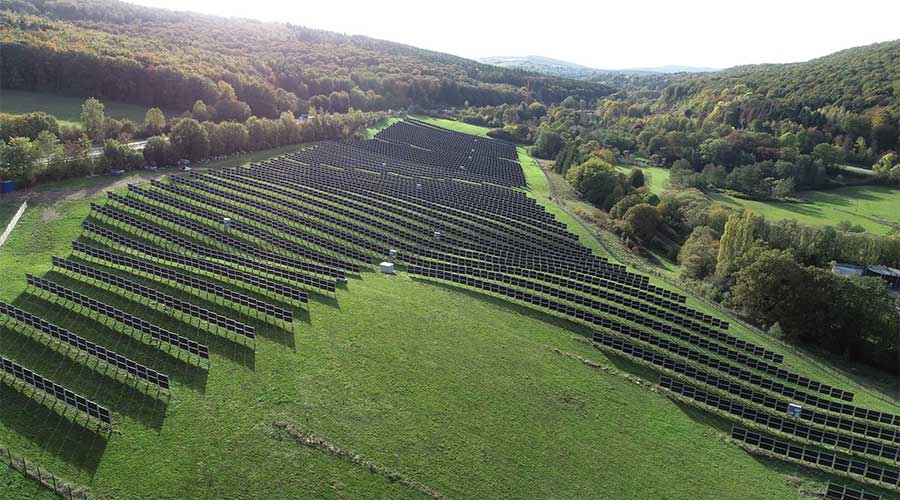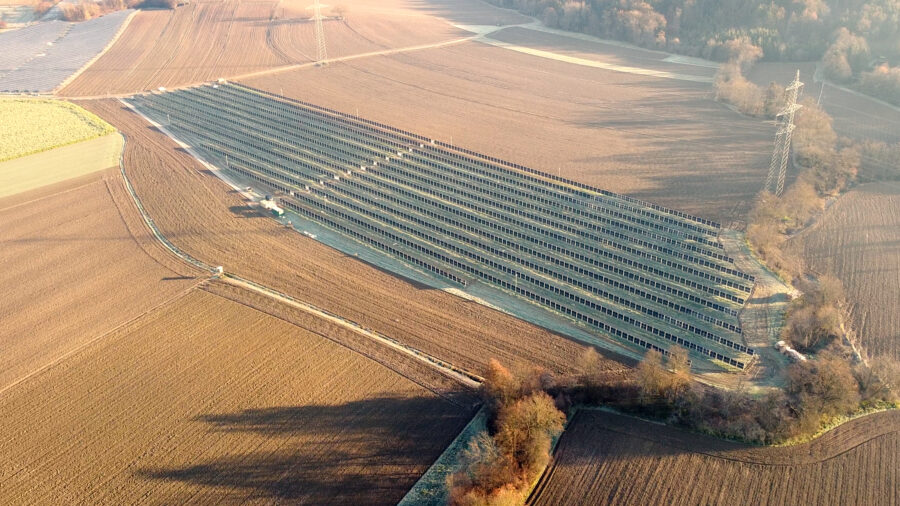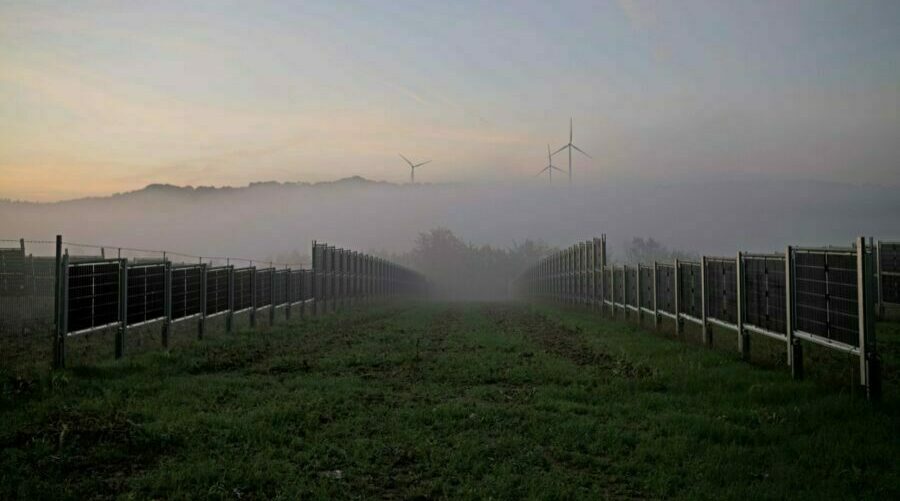Vertical Agri-PV from the technology leader
Known from







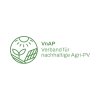

Become an energy producer
Use Agri-PV to become an energy producer as a farmer. Benefit in two ways: secure stable income and contribute to the energy transition!
Undoubtedly, the energy transition is essential for all of us in the face of climate change. With Agri-PV, you can not only become an active part of it but also benefit from it. Leasing land for Agri-PV while continuing to farm it yourself ensures stable new income streams, which also help offset weather and climate-related yield fluctuations in agriculture. Transform from a farmer to both a land and energy producer!
Almost all agricultural lands are suitable for Agri-PV—whether for grazing livestock, green areas, or arable land. An important aspect is that Agri-PV systems increase biodiversity under the solar modules, thereby improving soil quality, which positively impacts the land during increasingly frequent extreme weather events.
The partial shade from the PV modules reduces the evaporation rate of the land—a factor that is becoming increasingly important in relation to climate change. Additionally, in crop farming, higher yields can be expected for shade-tolerant crops such as potatoes, spinach, carrots, and more.
Satisfied customers & partners



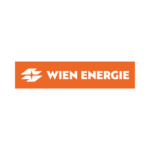
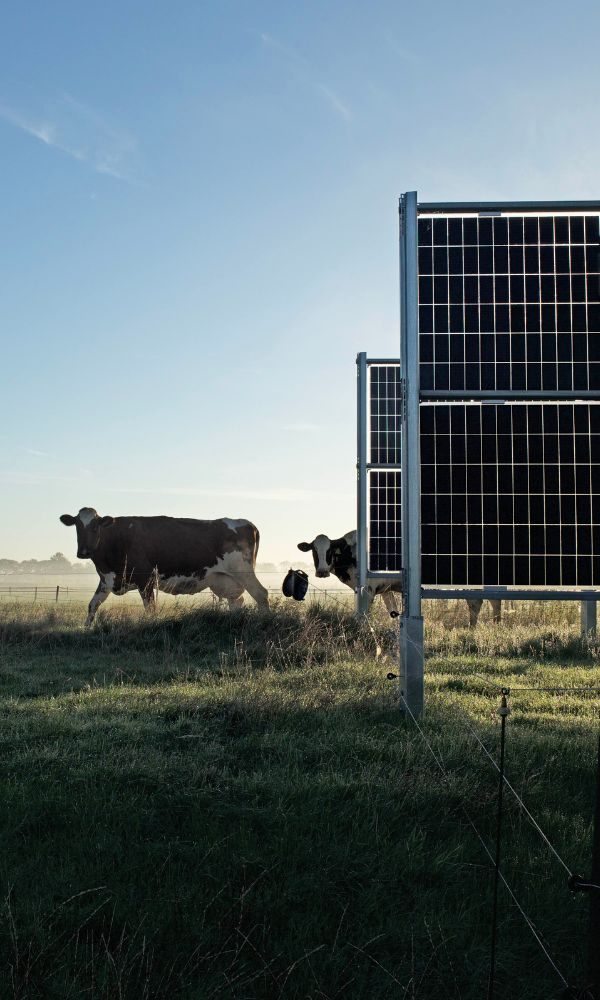
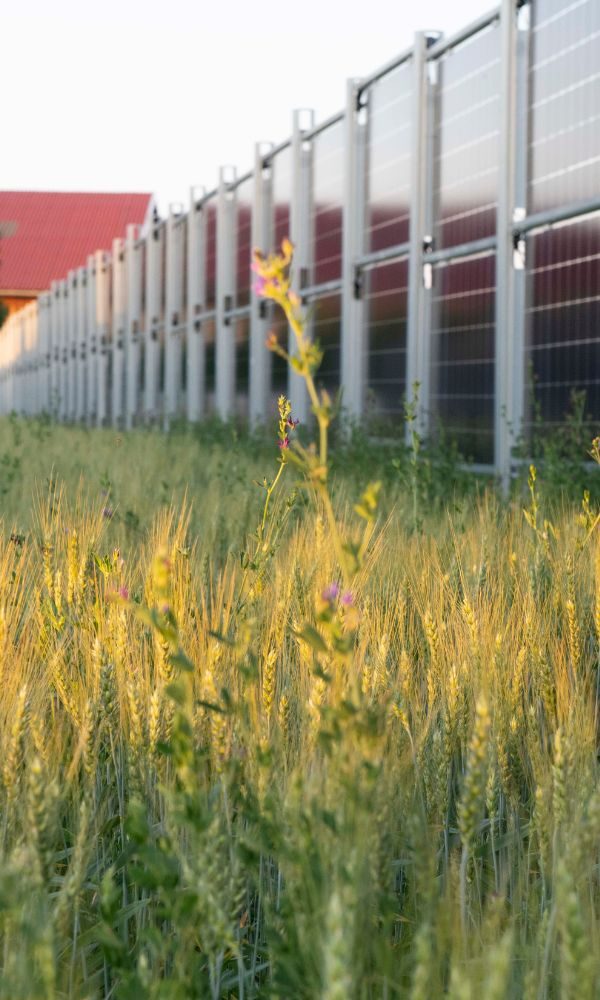
©Wien Energie Michael Horak Ansaat-Schafflerhof

Vienna Energy Michael Horak Ansaat-Schafflerhof
Possible models of cooperation
Are you a farmer or do you have large open spaces and would like to use them twice with Agri-PV?
Next2Sun offers flexible cooperation models that are tailored to your needs.
Take the opportunity to utilize your land efficiently and at the same time make a contribution to sustainable energy generation.
Possible models of cooperation
Are you a farmer or do you have large open spaces and would like to use them twice with Agri-PV?
Next2Sun offers flexible cooperation models that are tailored to your needs.
Take the opportunity to utilize your land efficiently and at the same time make a contribution to sustainable energy generation.
- Unmatched expertise: with more than 20 years of experience in developing renewable energy systems, we have specialized expertise in realizing agri-photovoltaic systems. We know the path from the idea to the finished Agri-PV system.
- You buy directly from the manufacturer and developer of the Agri-PV system
- Optimal price-performance ratio compared to other Agri-PV systems
- Increased energy yield through the use of direct and reflected sunlight, which also offers advantages in the winter months.
- The use of vertical Agri-PV modules improves soil quality, which is particularly beneficial in the event of heavy rainfall and other extreme weather conditions.
- Our technology is not only durable and robust against environmental influences, but also increases the value of your agricultural land.
Your Agri-PV experts
Harness the power of Agri-PV to become an energy producer on your farm. Enjoy dual benefits: secure a stable income and contribute to the energy transition!

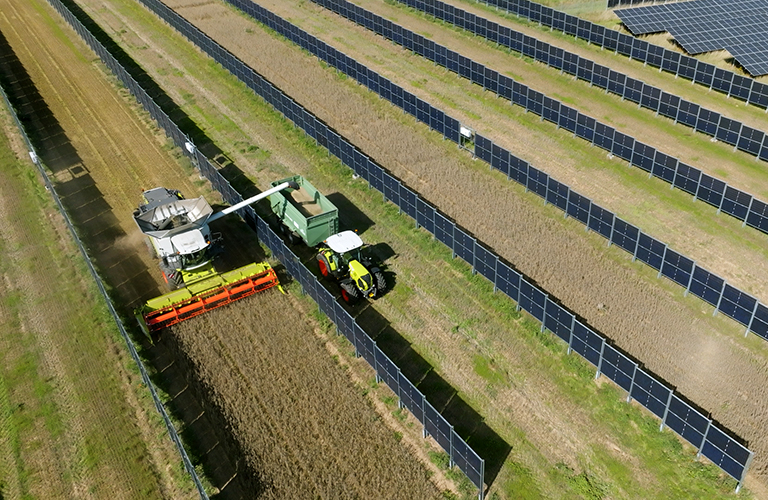
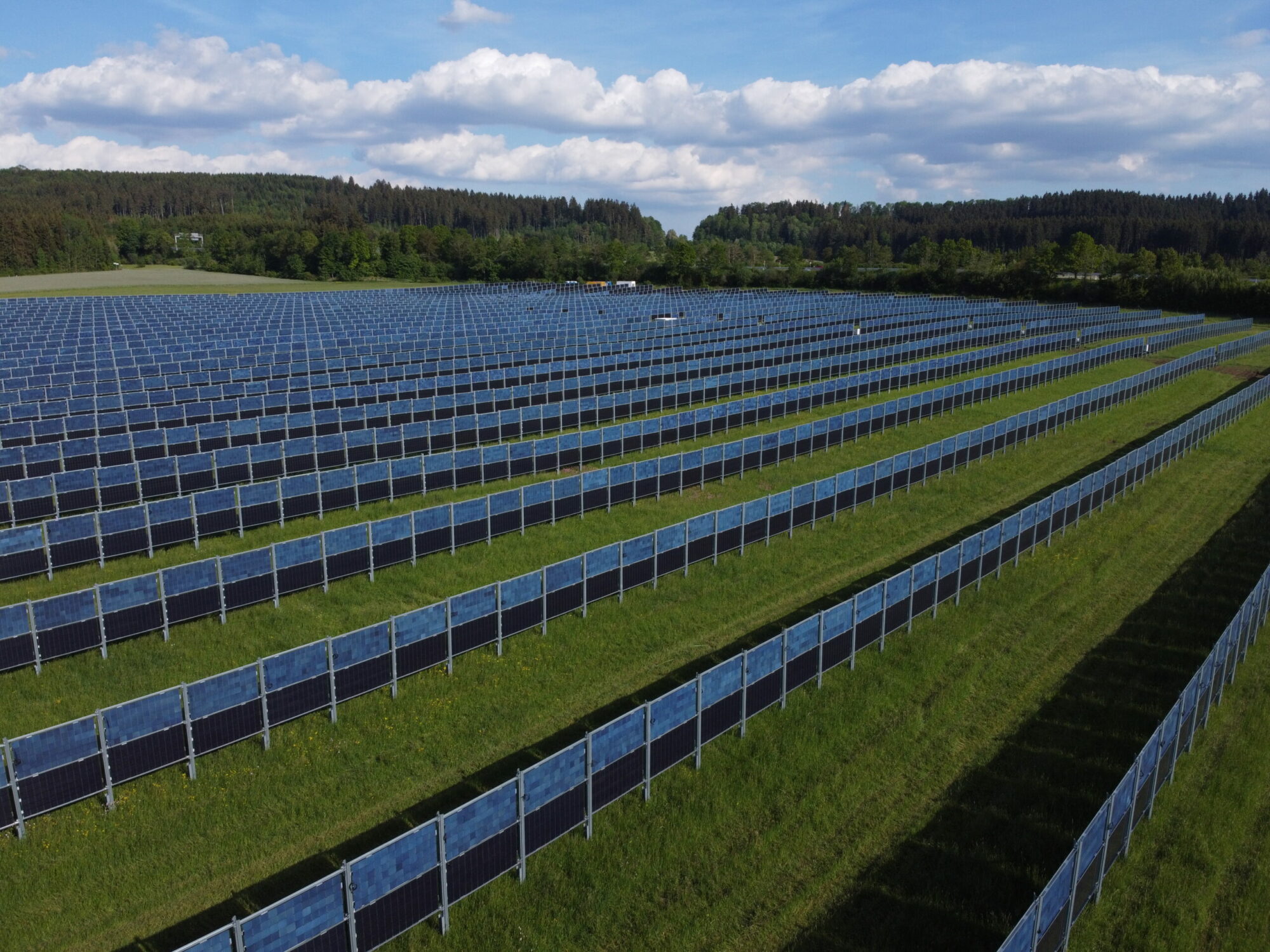
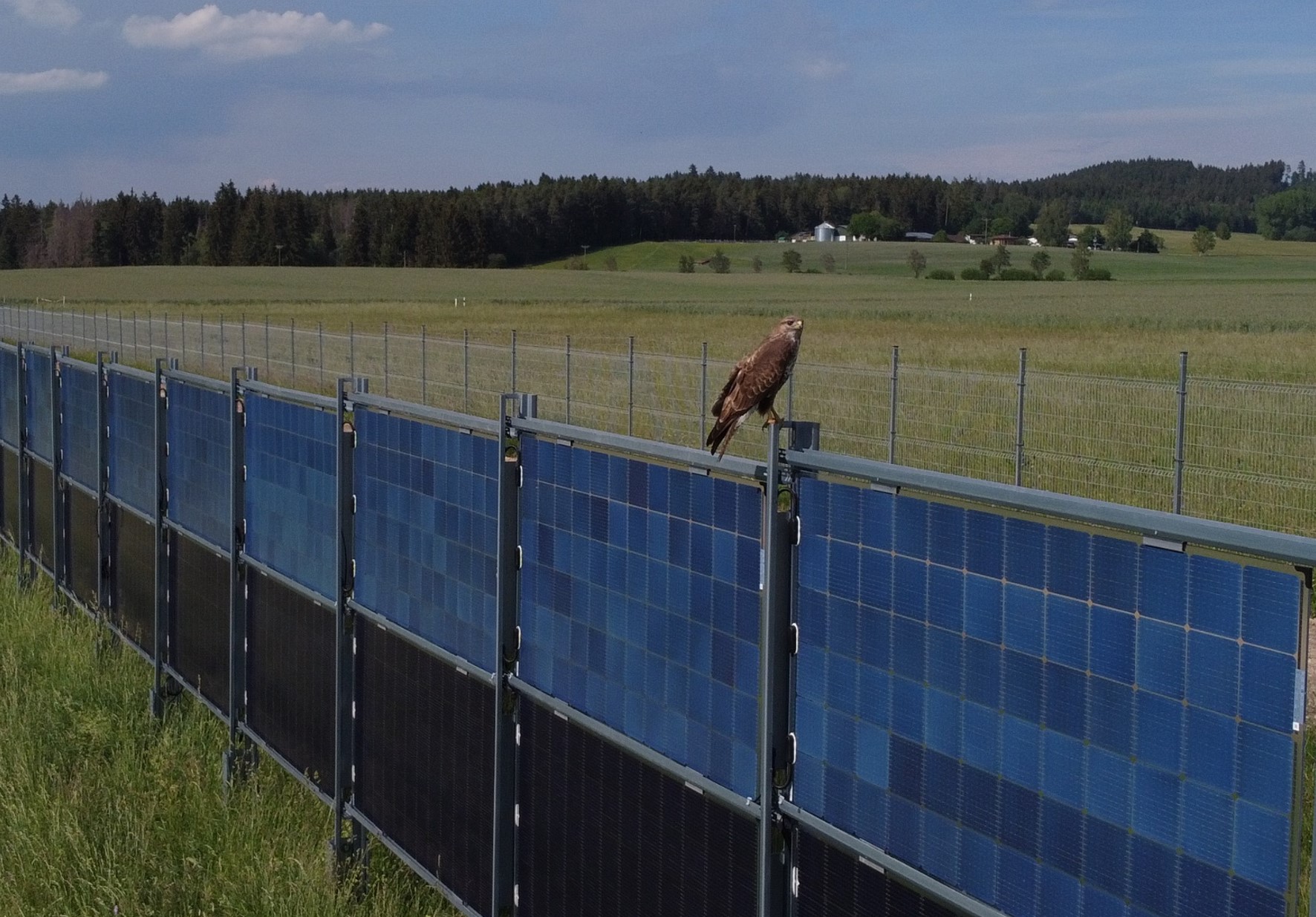
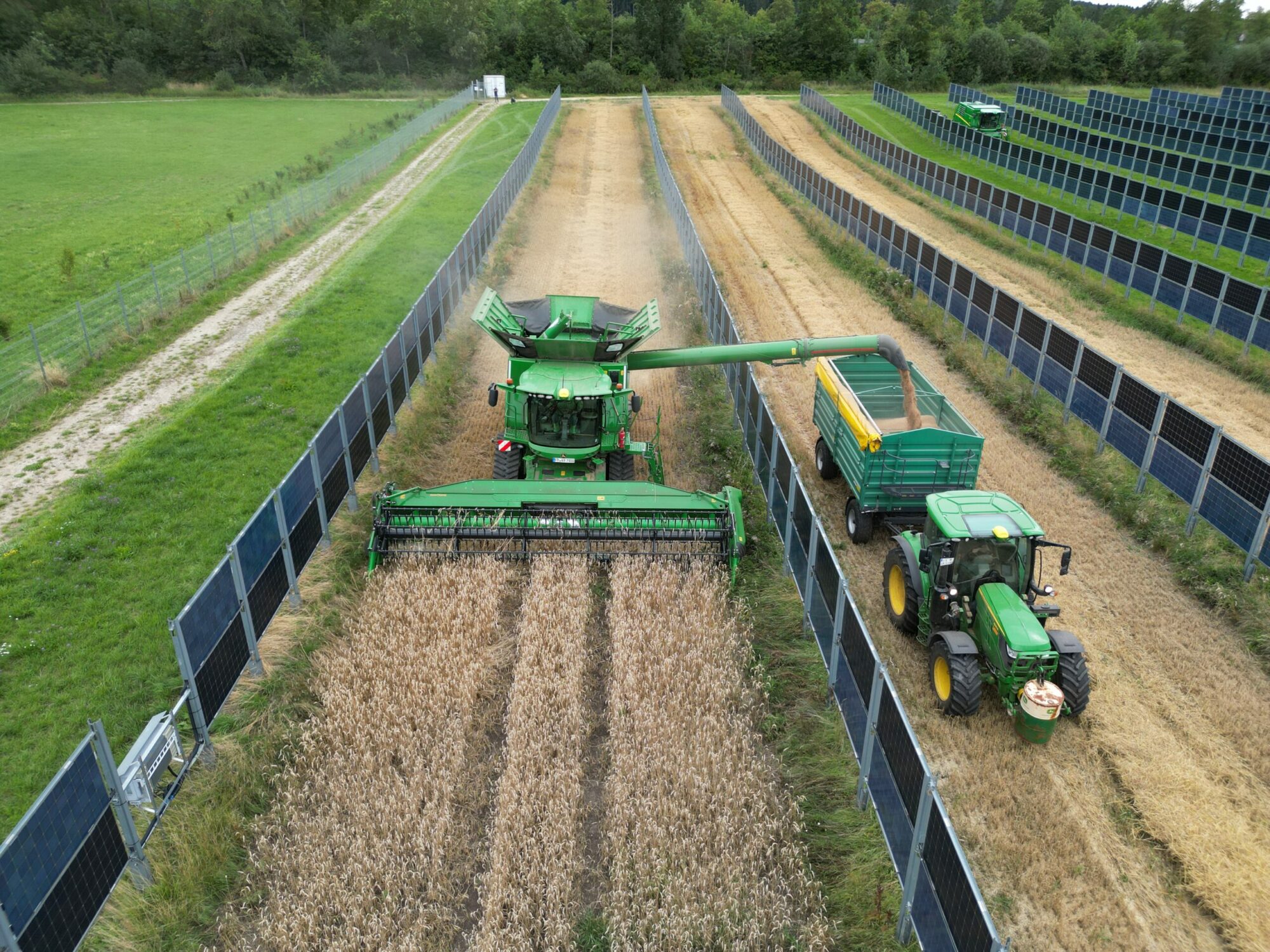

References
Our Agri-PV projects are carried out in close collaboration with a broad network of skilled professionals in photovoltaics and renewable energy.

Discover how we at Next2Sun offer you customized solutions for the challenges and opportunities of Agri-PV.
Customized Agri-PV solutions
In the course of a project, we also deal with all individual issues arising from dual use, such as specific processing widths between the module rows, yield forecasts, remuneration and any subsidies, as well as ecological assessments and safety in animal husbandry, any necessary building permits, fencing, soiling/maintenance, etc.
Here you will also find specific information on important details.
We have addressed these and many other general questions on our FAQ page. Of course, you are always welcome to contact us directly!
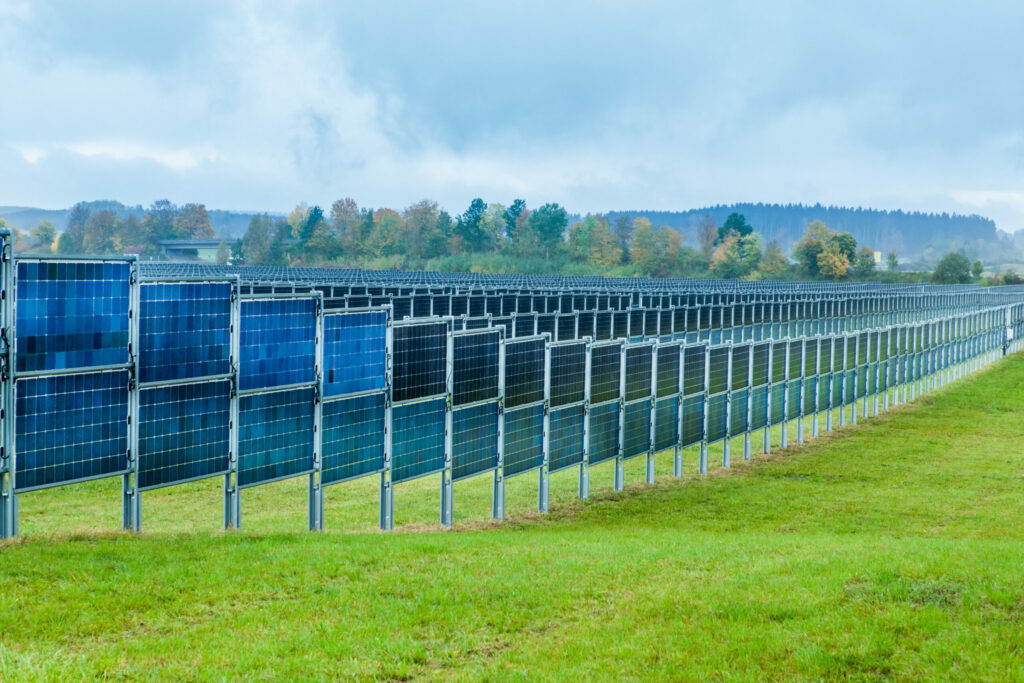
The calculation refers to the Donaueschingen-Aasen solar park reference project.
Double yields with vertical PV elements
Sustainable and long-term electricity production without building up agricultural land
In July 2020, Europe’s largest vertical bifacial agrivoltaic system was built in Donaueschingen-Aasen.
Around 11,000 bifacial solar modules were installed on a total of 5,800 rack elements on an area of around 12 hectares.
The agricultural use of the land will continue to be carried out by the previous farmer.
The 10 meter wide spaces between the rows of modules will continue to be used for the production of hay and silage.
In addition, three further rows of modules will be used for arable farming trials.
The Agri-PV plant generates renewable electricity for 1,400 households and is operated by Bürgersolarkraftwerke Donaueschingen-Aasen GmbH.
The Next2Sun concept
The core idea behind the Next2Sun system concept is the vertical installation of special solar modules with solar cells on both sides, which can utilize the solar radiation on the front and back.
These so-called “bifacial” modules are ideally aligned to the east or west.
This means that electricity is mainly produced in the morning and afternoon or early evening.
Our bifacial photovoltaic systems are particularly nature- and agriculture-friendly and achieve high yield figures compared to conventional south-facing PV systems.
Guaranteed quality









Key information for your Agri-PV project
a) Site suitability – which sites/areas are particularly suitable for photovoltaic systems
b) Development of a customized agricultural utilization concept for solar energy in agriculture with owners and farmers. Also possible for open spaces with animal husbandry.
c) Observance of the greatest possible further agricultural land use of at least 85% and compliance with conditions, e.g. enclosure of land for chicken farms
d) Evaluation of possible effects of the Agri-PV project on agricultural subsidies
e) Consideration of positive ecological effects on the area (new habitats in the area of the module rows)
f) Any special requirements due to agricultural use or animals at the PV, fencing
g) Yield assessment and concept with possible additional yields in sunny, dry years and suitability for own energy consumption (if equipped with suitable storage facilities)
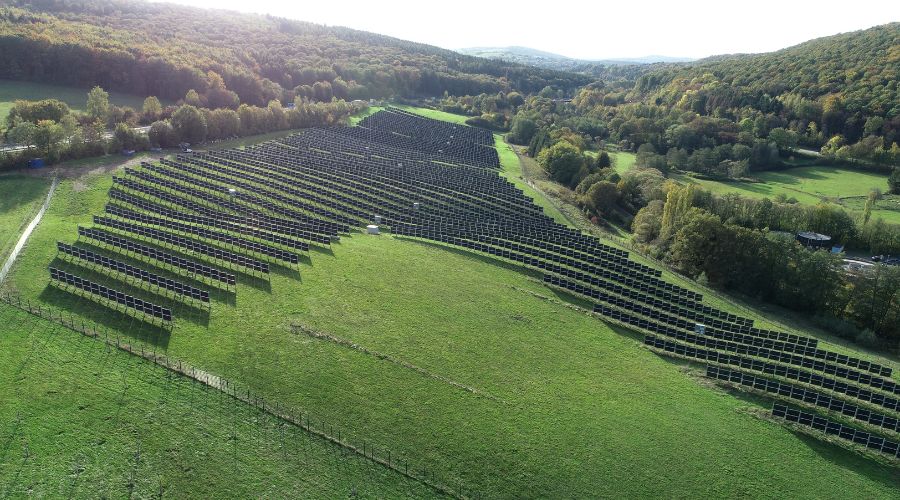
Regardless of the cooperation model you are interested in, we will support you in all aspects of your potential Agri-PV project.
Interested in Agri-PV?
Future-oriented land use
Agri-PV solutions from Next2Sun not only enrich your agriculture, but also increase your ecological and economic sustainability.
Use this opportunity to position yourself as a pioneer in sustainable energy generation.
With Next2Sun, you can rely on a future-oriented agri-PV solution that is not only efficient, but also fair and based on partnership.
Our sustainable lease and management contracts guarantee cooperation on an equal footing and offer farmers opportunities to participate.
Your advantages
TRANSPARENCY
Fair structuring of lease and management contracts. Cooperation at eye level. Opportunities for participation for owners/farmers.
ACCOMPANIMENT
Continuous support of the project from the idea to the approval and construction of the plant in the case of self-construction.
Effective
Optimum utilization of any operational areas, including B10 run-off areas and other specially designated usable areas.
Space-saving
Additional solar technology can be added, even if your roof surfaces are already in use – and without taking up much space.
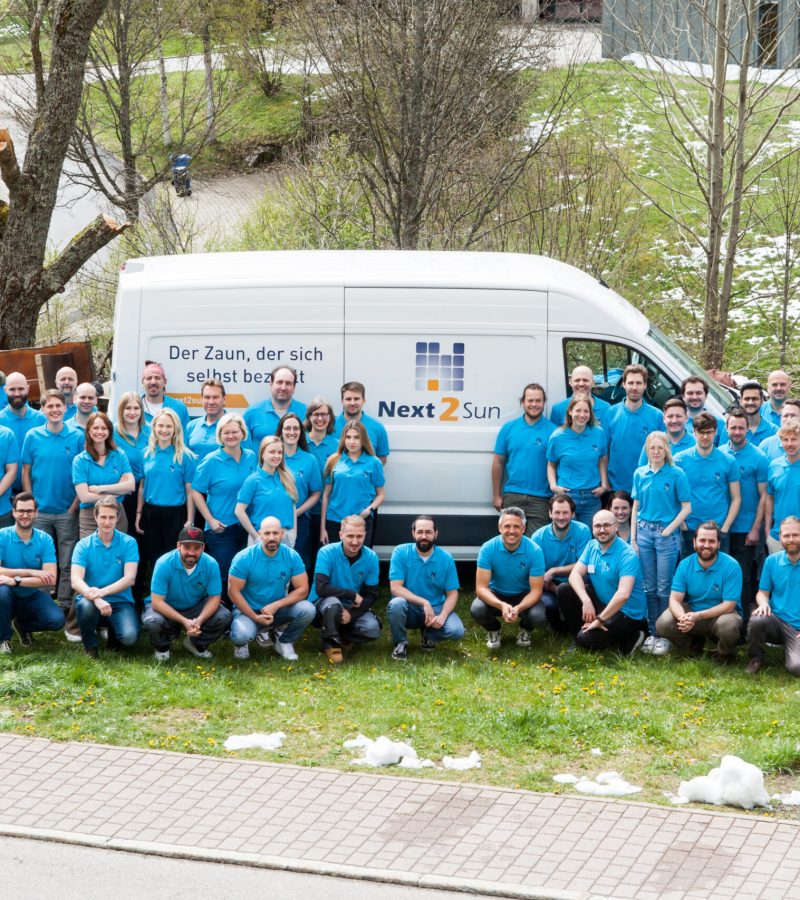
Very friendly and competent!

We say thank you
We at Next2Sun would like to thank our customers for the trust they place in our Agri-PV solutions.
With every project, we come a step closer to the energy transition together.
Your commitment enables us to continuously develop innovative and efficient energy solutions. Thanks to you, together we can make a positive contribution to climate protection. Thank you for your trust!
Sustainable agriculture
Discover the future of agriculture with Next2Sun Agri-PV. Our vertical solar technologies enable efficient and sustainable use of your agricultural land. Boost your energy efficiency and transform agricultural land into a productive dual-purpose asset.
Open spaces offer great potential for the installation of agrivoltaic systems.
Our innovative vertical Agri-PV systems make it possible to use these areas not only for energy generation, but also for agricultural purposes.
Thanks to individual adaptations to the farmer’s needs, farming can continue as usual. Various studies have shown that positive effects on agricultural yield are possible from the installation of PV modules due to shading and wind protection. The systems are designed to blend seamlessly into the natural environment and are minimally invasive.
This makes them ideal for open spaces that have not previously been used for energy generation.
Our Agri-PV systems utilize sunlight from both sides of the modules, which leads to a higher energy yield and improves the economic efficiency of the systems.
Thanks to the simple installation and minimal intervention in the terrain, we make it possible to actively participate in the energy transition and at the same time strengthen the role as a steward of natural resources.
In addition to the financial benefits of electricity production and the preservation of agriculture, the areas can also be ecologically enhanced.
The approx. 1 m wide non-agricultural strips directly under the rows of modules can be used, for example, as old grass or flowering strips or for rock piles or dead wood. This increases the biodiversity of the areas and creates retreats and hibernation habitats for various animal species.
With Agri-PV from Next2Sun, you are investing in a future in which energy generation and environmental protection go hand in hand.
The use of our technology maximizes energy yields and promotes agricultural use that can meet the challenges of climate change.
Rely on a sustainable solution that uses your land more efficiently and makes a positive contribution to global climate protection.
Your energy independence starts here!
Achieve up to 10 % higher electricity yields per installed kW compared to conventional ground-mounted systems
Frequently asked questions
Why should I choose Agri-PV as a farmer or landowner?
With Agri-PV from Next2Sun, you have the opportunity to be part of the energy transition while enhancing the profitability of your agricultural operations.
You gain additional income through energy sales or personal use, and at the same time, you can boost the efficiency of your agricultural operations with improved soil conditions and reduced water requirements.
How can collaboration with Next2Sun improve my agricultural production and energy generation?
Next2Sun offers innovative Agri-PV solutions that allow you to continue farming your agricultural land while producing renewable energy.
Our systems are designed to make the most of solar radiation while improving soil quality, helping you to achieve both your environmental and economic goals.
What guarantees does Next2Sun offer for the longevity and reliability of Agri-PV systems?
With the Next2Sun guarantee, we assure you of a long-term and reliable partnership.
Our products are backed by comprehensive guarantees and we support you from planning to complete installation and beyond.
In addition, our systems are known for their durability and resistance to environmental influences.
How effective is the use of open spaces for agri-PV systems by Next2Sun?
Next2Sun’s use of open space for agri-PV systems enables efficient dual use of the land, allowing you to continue to use up to 90% of the land for agriculture while producing significant amounts of energy.
Our systems are designed to have minimal impact on agricultural use while achieving high energy yields through the use of direct and reflected sunlight.
This approach offers sustainable benefits, both ecological and economic.

